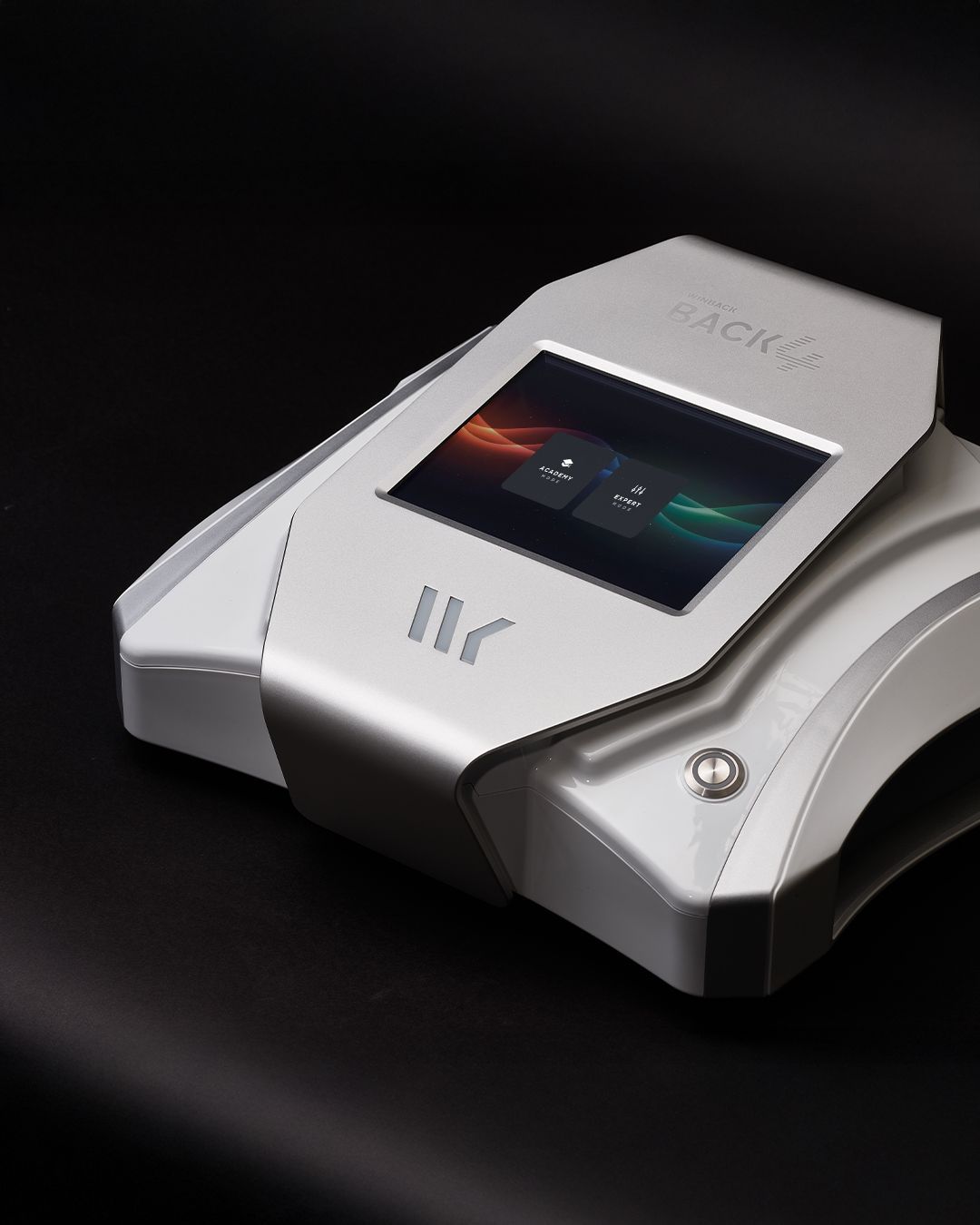Whether you’re an athlete, a gym-goer, or someone recovering from physical exertion, muscle recovery plays a crucial role in overall performance and well-being. One powerful yet often overlooked recovery tool is massage therapy. But how exactly does massage accelerate muscle recovery? What does science say about its benefits? In this comprehensive guide, we’ll explore the research-backed effects of massage on muscle recovery and why incorporating it into your routine can help you heal faster, perform better, and prevent injuries.
How Muscle Recovery Works
Before diving into massage therapy, it’s essential to understand how muscle recovery happens. When we exercise, our muscles undergo microscopic tears, leading to inflammation and soreness (commonly known as Delayed Onset Muscle Soreness (DOMS)). Recovery is the process by which these tiny tears heal, allowing muscles to grow stronger. The key components of recovery include:
Blood circulation: Increased blood flow delivers oxygen and nutrients to repair muscles.
Lactic acid removal: The body clears lactic acid buildup to reduce soreness.
Muscle relaxation: Reducing tension helps muscles recover efficiently.
Inflammation control: Managing inflammation speeds up healing and prevents stiffness.
How Massage Speeds Up Muscle Recovery (Backed by Science)
1. Increases Blood Circulation
One of the primary ways massage accelerates recovery is by improving blood flow. Studies show that massage therapy enhances circulation, ensuring oxygen-rich blood reaches damaged muscles faster. This improved circulation helps:
Flush out metabolic waste (like lactic acid)
Deliver essential nutrients for tissue repair
Reduce muscle swelling and inflammation
✅ Science-backed fact: Research from the Journal of Applied Physiology found that massage increased mitochondrial production in muscle cells, speeding up tissue repair and energy production.
2. Reduces Muscle Soreness (DOMS)
DOMS can set in 12-48 hours post-exercise, making movement painful. Massage therapy has been scientifically proven to reduce DOMS severity by lowering inflammation and muscle tightness.
✅ Science-backed fact: A study in the British Journal of Sports Medicine showed that massage reduces DOMS by up to 30%, making it an effective recovery strategy for athletes and fitness enthusiasts.
3. Decreases Cortisol and Stress Hormones
Intense workouts increase cortisol levels, a stress hormone that can slow recovery. Massage therapy lowers cortisol while boosting endorphins and serotonin, which promote relaxation and pain relief.
✅ Science-backed fact: A study in the International Journal of Neuroscience found that massage therapy reduces cortisol levels by 31% while increasing serotonin and dopamine (feel-good hormones) by 28% and 31%, respectively.
4. Relieves Muscle Tension and Improves Flexibility
Tight muscles can restrict movement and increase injury risk. Regular massage therapy helps break up adhesions (knots) and improve muscle elasticity, promoting better flexibility and mobility.
✅ Science-backed fact: A 2013 study in the Journal of Athletic Training found that deep tissue massage increases range of motion (ROM) by 10-20%, helping athletes move more efficiently.
5. Enhances Lymphatic Drainage and Detoxification
The lymphatic system removes toxins and excess fluids from the body. Massage stimulates lymphatic flow, reducing swelling, inflammation, and post-workout fatigue.
✅ Science-backed fact: According to the National Institute of Health (NIH), lymphatic drainage massage accelerates the removal of metabolic waste, enhancing muscle recovery by up to 25%.
Best Types of Massage for Muscle Recovery
Not all massages are the same! Here are the most effective types of massage for faster muscle recovery:
1. Deep Tissue Massage
Targets deep muscle layers
Best for chronic tightness and tension
Improves circulation and breaks down scar tissue
2. Sports Massage
Designed for athletes and active individuals
Focuses on injury prevention and recovery
Uses stretching and trigger point therapy
3. Swedish Massage
Promotes relaxation and stress relief
Enhances overall circulation
Ideal for beginners or those with light muscle soreness
4. Myofascial Release Therapy
Targets connective tissues (fascia)
Helps with flexibility and pain relief
Reduces muscle restrictions and adhesions
5. Trigger Point Therapy
Targets muscle knots (trigger points)
Releases tension in specific areas
Effective for localized pain and stiffness
How to Incorporate Massage into Your Recovery Routine
🔹 Post-Workout Massage (Within 24-48 Hours)
Getting a massage soon after intense exercise can help minimize soreness and speed up recovery.
🔹 Regular Weekly Sessions
For those with high training volumes, scheduling a weekly sports or deep tissue massage helps maintain peak performance.
🔹 Self-Massage Techniques (Foam Rolling & Massage Guns)
Foam rolling helps release tight muscles and improve flexibility.
Massage guns provide percussive therapy, increasing blood flow to targeted areas.
✅ Pro Tip: Use a combination of professional massage therapy and self-massage techniques for optimal muscle recovery.
Conclusion: Is Massage the Key to Faster Recovery?
Absolutely! Science confirms that massage therapy is one of the most effective tools for faster muscle recovery. From improving circulation and reducing soreness to enhancing flexibility and removing toxins, regular massage sessions can help you stay pain-free, recover faster, and perform at your best.
👉 If you’re serious about fitness and recovery, consider booking a professional massage therapy session to experience the full benefits firsthand.
📢 Ready to Recover Faster?
📍 Visit Muscle Therapy by Tom for expert massage services in Slough. Whether you need deep tissue, sports, or trigger point therapy, we’ve got you covered!
☎️ Call Now: 07718 590829
💆♂️ Book Your Massage Today & Feel the Difference!


